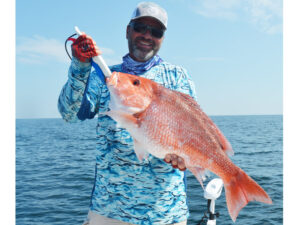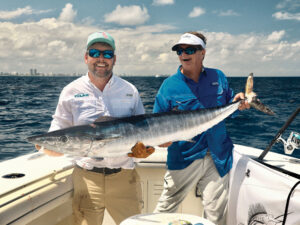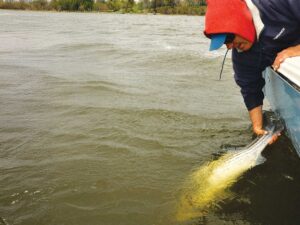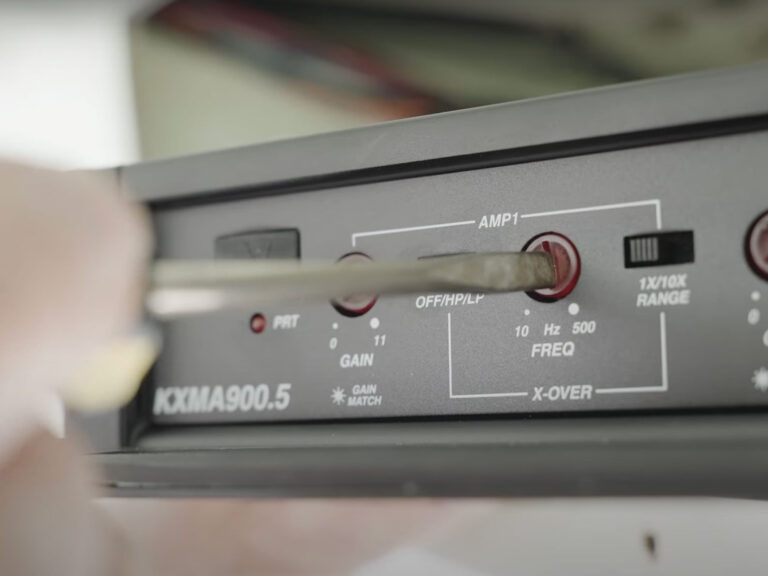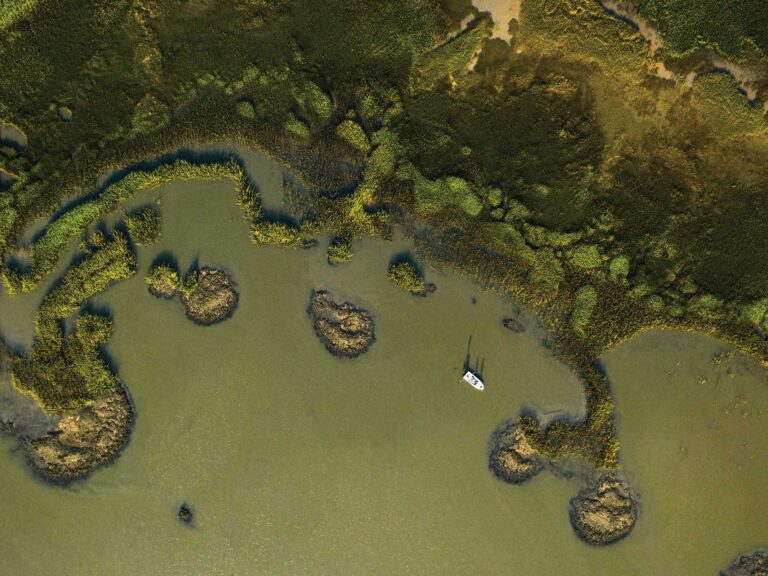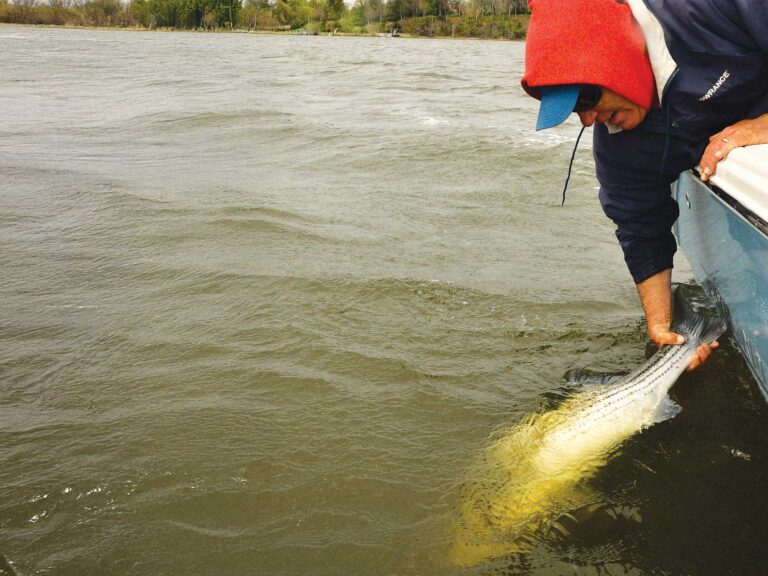One of the most useful casts a fly-fisherman can learn is the curve cast. Why? Here are just a few examples:
When moving across a flat you suddenly see a fish within 30 feet, facing away from you. If you throw the fly in front of the fish and retrieve, the fly approaches the fish in an attack mode. No bonefish or redfish is going to strike a 2-inch shrimp fly heading directly toward it; it is an unnatural situation. If a fish is very close and facing you, you have another problem. If you throw the fly just in front of the fish and begin a retrieve, the fish will follow the fly and likely see either you or the boat, and the game ends.
The curve cast can help you cope with both situations. If the fish is facing away from you, a curve cast that falls in front of the fish will allow you to retrieve the fly across and in front of the fish without approaching it. If the fish is facing you, the curve cast permits you to fish the fly across and in front of the fish for some distance without drawing the fish any closer to you. This same technique proves deadly for laid-up tarpon on a calm morning.
If you are fishing a shoreline or a jetty, the general method requires you to throw the fly at the shoreline and then bring it directly away from it. This means you really are fishing only a short length of shoreline. But if you could fish the fly along the shoreline, your chances would improve. Again, the curve cast is the answer.
A curve cast helps in other situations as well, but I think you get the idea.
Before telling you how to make the curve cast, let me explain that any fly cast, back or forward, consists of two basic parts: a relatively long motion, and near the very end of the cast a quick but brief speed-up-and-stop of the rod tip. It’s important to realize that the line and the fly will go in the direction in which you speed up and stop the rod tip. To master the curve cast you must understand these two casting principles. Since you want the line to travel parallel to the water and to end in a curve, you must during the speed-up-and-stop make the rod tip travel parallel to the surface, and the tip must flex in a curve, or hook, at the very end of the cast.
Here is how you accomplish this. The backcast should be a low side cast so that the rod at the beginning of the forward cast comes forward low and parallel to the water. During the speed-up-and-stop, make it very swift and stop the rod tip dead. This will cause the rod tip to flex into a curve to the left if you are right-handed and to the right if you are left-handed. Because the rod tip moves to the left in a sharp bend or curve, the line end will do the same. The faster (not harder) you move the rod tip during the speed-up and the more abruptly you stop, the greater the resulting curve in line and leader will be. You can get an even greater curve in the line if you haul on the forward cast to increase tip speed. Of course, if the rod tip travels downward (not parallel to the water) on the speed-up-and-stop, you will throw the line downward and there will be no curve. The rod tip must travel parallel to the surface.
Once you have mastered making the curve cast, getting extreme accuracy is easy. Simply sweep the rod parallel to the surface on the forward cast and make the stop 45 degrees from the fish. The fly will land exactly where you want it with minimal practice.
The one limitation is that a right-hander can only make a curve to the left and a left-hander one to the right.
–By Lefty Kreh

